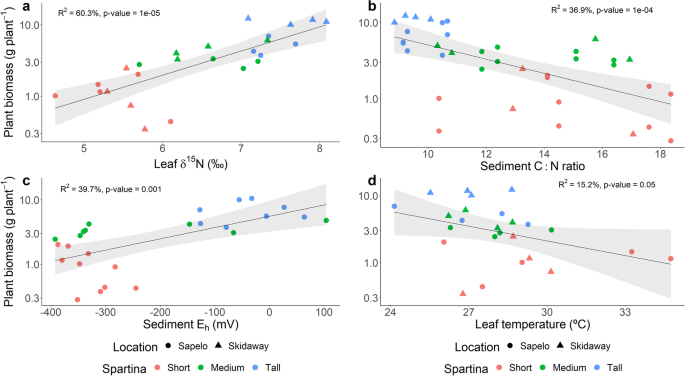2022-03-22 リンショーピング大学
<関連情報>
化石から事実へ:科学の現場としてのデニソワの発見 From Fossil To Fact: The Denisova Discovery as Science in Action
Karlsson, Mattis
Linköping University, Department of Culture and Society, Division of Culture, Society, Design and Media. Linköping University, Faculty of Arts and Sciences.
Abstract:
From Fossil to Fact: The Denisova Discovery as Science in Action is a study of the (actor) networked relations that make and shape science through the case of the discovery of the Denisova human.
In 2010, Nature published the article “The complete mitochondrial DNA genome of an unknown hominin from southern Siberia”, the article revealed the results of mtDNA sequencing of a fossilised finger bone excavated from the Denisova Cave in Siberia, showing that the fossil belonged to an individual of a previously unknown type of humans, the Denisovans. This thesis identifies, describes and analyses how a set of actors and actions – a network – made the Denisovan’s transformation(s) from fossil to fact happen. The study relies on materials regarding the Denisovan from multiple types of sources, such as scientific journals, news articles and Wikipedia entries, which make it possible to describe a collective process of knowledge production that surpasses a science community autonomy, and to highlight the diverse, multidimensional and sophisticated mesh of people, places and things that came together in the making of the Denisova human (as a) fact.
Drawing on methodological guidelines and theoretical premises from actor network theory and Bruno Latour’s principles for science in action, this thesis deals with the Denisova discovery as a case of science in the making. The thesis traces actions of significance for the Denisovan’s representation, analysing them as part of a materialisation, to illustrate how the Denisova human was made, and made to fit the major paradigms and narratives of (a)DNA and evolutionary science. The thesis actualises questions about social influence in science, problematising imaginaries of science/non-science divides, and highlights how the authority of genetic science is subject to and dependent on dramatisation.
This thesis lists actors and actions that were central to the discovery and the making of the fact. This list includes actors from various fields, showing how the Denisova human was designed to hold in accordance with the rules and cultures of a heterogenous network that includes scientists, experts, journalists and Wikipedia editors.
This complicated network made the Denisova human through transformations and drove it to become a fact, allowing it to be written into the history of human evolution. Mapping this network provides an answer to how the Denisova human has been made and remade, but also provides insight into the relationship and roles of science, science news and Wikipedia in the representations of scientific results.


